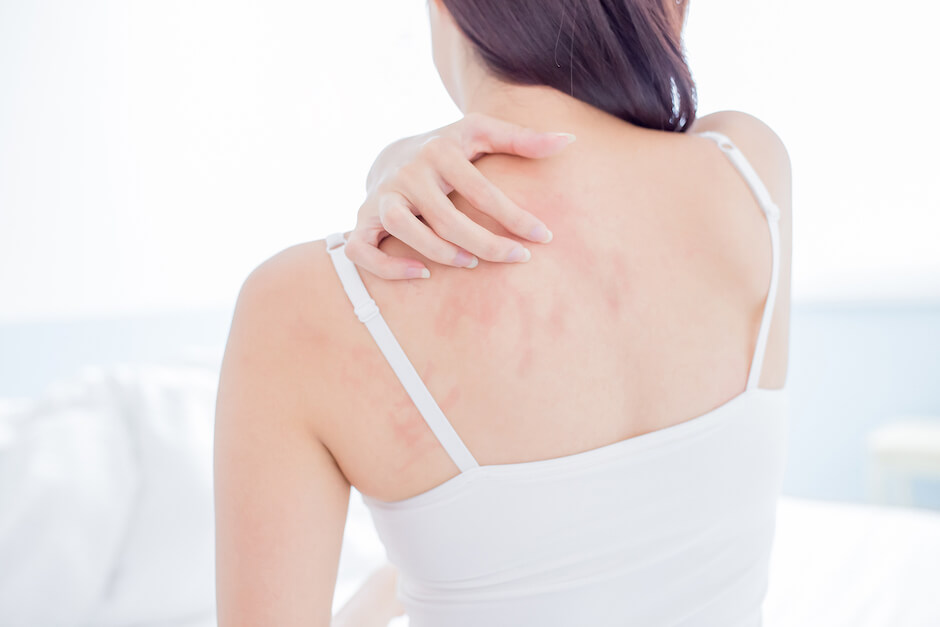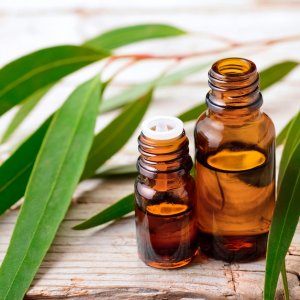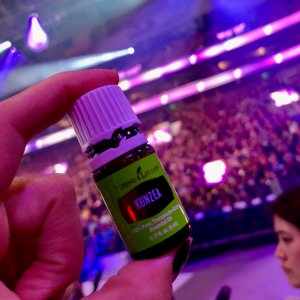Allergic reactions are possible with many natural products, including essential oils. However, true allergies to essential oils are extremely rare. So many blogs and other sources claim the risks of allergic reaction, but in truth, the evidence of this is extremely lacking. Let’s explore how allergic reactions occur and look at some of the research.
The Basics
Before we delve into the topic of allergies to essential oils, let’s get some basic information out of the way. An allergy is an abnormal reaction to an ordinarily harmless substance called an allergen. When allergic to something, your body views the allergen as an invader. This triggers an immune response and causes mast cells to release histamine. Histamine is responsible for allergy symptoms, such as itching, sneezing, rashes, watery eyes, shortness of breath, swelling, and anaphylaxis.
Mechanism of Hypersensitivity Reactions
Type I Reactions
Most allergic reactions to fragrances, including essential oils, are Type I Reactions. Also called Immediate Hypersensitivity Reactions, this type of reaction involves B-Cells. B-cells are specialized white blood cells that produce antibodies known as immunoglobulin E (IgE) antibodies. These antibodies attach to mast cells, triggering the release of histamine.
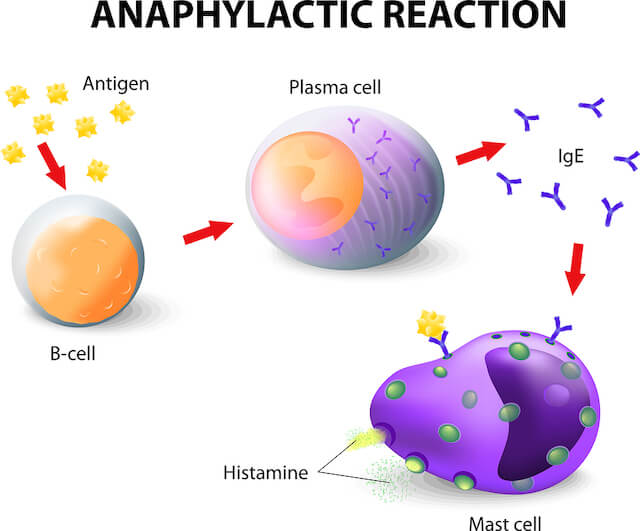
Type I reactions may result from medications, foods, venom, and environmental allergens. Hot and cold essential oil chemical constituents – like cinnamaldehyde, menthol, carvacrol, eugenol, thymol, and others – have potential to cause mild Type I allergic reactions, like itching, redness, or watery eyes.
Type II, III, and IV Reactions
Other types of allergic reactions involve action of different antibodies in the body (Immunoglobulin M (IgM) and Immunoglobulin G (IgG)). Neither Type II nor Type III allergic reactions have ever resulted from exposure to fragrance materials, including essential oils, so we will not go into detail about these types of reactions here.
Type IV reactions are delayed hypersensitivity reactions where there is no reaction to the first exposure to a substance, but subsequent exposures to the substance elicit a response. This is common with substances like metals, poison ivy, cosmetics, or rubber gloves, as well as adverse drug reactions.
Case Reports of Type I Allergic Reactions
Anaphylaxis is the most severe Type I reaction. Anaphylactic reactions to fragrance molecules are rare. My findings brought up very few documented cases of anaphylaxis resulting from essential oils. One report involved isolated essential oil chemical constituents blended into a perfume during pre-sale testing. A second report was of a nurse assaulted by a patient who sprayed three pumps of an unknown perfume in her face.
The problem with both of these studies is that they do not involve the use of pure essential oils. Using concentrated, isolated chemical constituents carries a lot more risks than using whole essential oils. And the “unknown perfume” likely contained other ingredients, including alcohol, acetone, ethanol, and a slew of other possibilities.
If you hunt for headlines about allergies to essential oils, you will find them. But it is vital to evaluate the claims before jumping to any conclusions.
Can Essential Oils Actually Reduce Allergic Reactions?
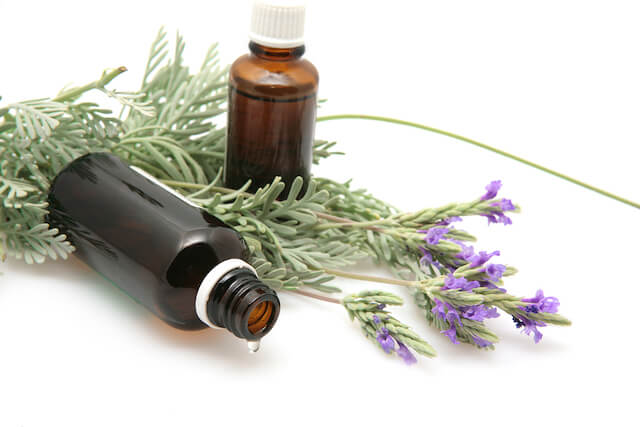
In fact, several studies discuss the potential of certain essential oil constituents to ameliorate allergic response.
In one study, lavender essential oil inhibited IgE response, decreasing the release of histamine in induced allergic reactions. Citronellol, a constituent found in geranium essential oil, also inhibited IgE action and had antioxidant and anti-inflammatory effects. And limonene displayed potent immunomodulatory activity and inhibited mast cell activation. These studies are just a few that demonstrate some essential oils’ ability to modulate immediate-type hypersensitivities and actually reduce the risk of Type I reactions.
Is it Really an Allergy?

In spite of the science, some people still claim that certain (or even all) essential oils cause rash, itching, burning, or respiratory issues. In such cases, it is important to evaluate the true cause of the irritation. Most skin irritations are actually just sensitivities. Proper dilution and patch testing before application is important, especially for people with sensitive skin, as well as children and babies. This is especially important with essential oils that give a cool or warm sensation, including peppermint, clove, lemongrass, cinnamon bark, rosemary, oregano, thyme, basil, and cassia.
A rash can also indicate the presence of toxins in the body. Some essential oil constituents draw toxins out, and this can produce a rash. In such cases, symptoms typically subside within a few days.
If you are sensitive to a particular oil, you may choose to simply stop using it and find an alternative. Or you may dilute the oil and monitor for sensitivity, gradually increasing the concentration. Diffusing is another option if you do not wish to apply certain oils topically.
The idea is to use essential oils with confidence and not fear. If you believe you suffer from allergies to essential oils, it is more likely that you will have some sort of reaction. Often, a reaction is actually a sign of an emotional response or aversion to an aroma. As I always say, start low and go slow when introducing new essential oils.
Looking for cleaning products safe for people with allergies? Check out this post!
If you love learning all the science of essential oils and how they work in our bodies, come , your Essential Oil Encyclopedia!
